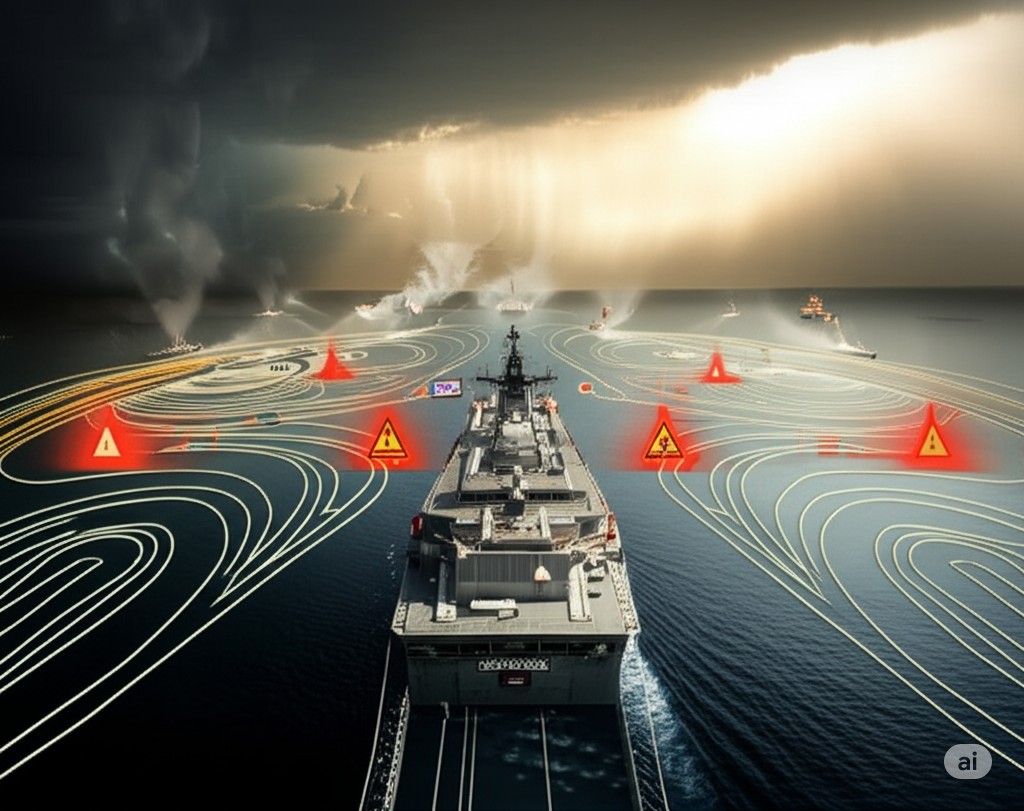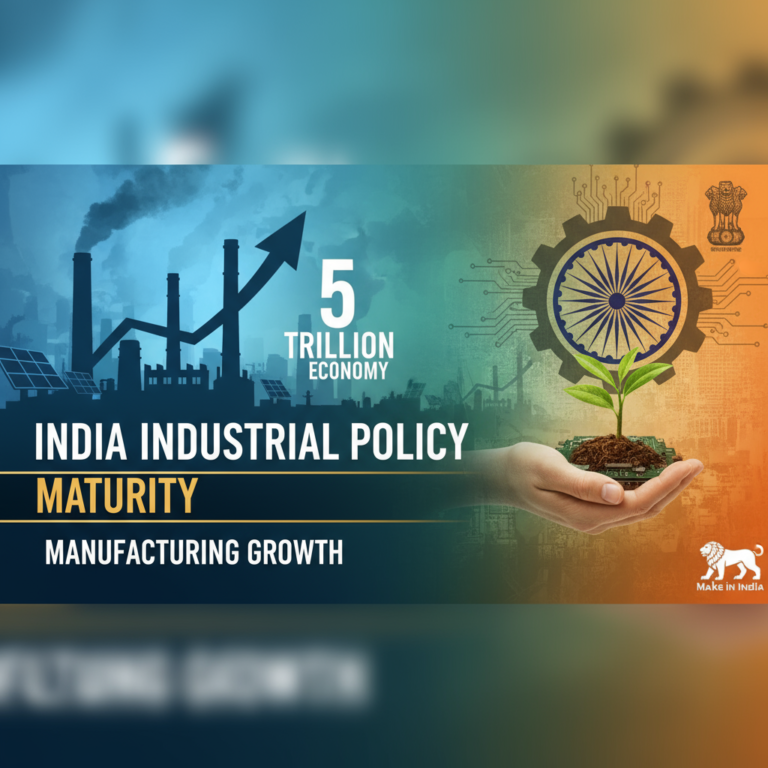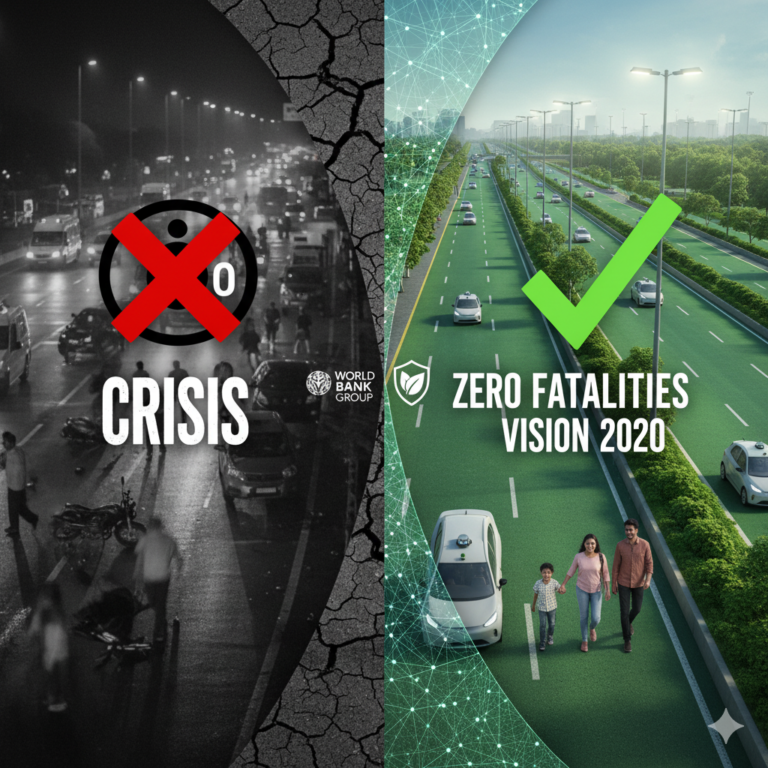✅ Quick Summary:
- Over 60% of India’s oil imports pass through the Strait of Hormuz
- Iranian threats to block the strait are real and recurring
- India is diversifying suppliers: Russia, U.S., Africa, Latin America
- Strategic investments in Chabahar and SPR reserves are critical buffers
- Naval deployments and digital surveillance strengthen maritime security
- Long-term energy independence lies in renewables and regional cooperation
Energy Security in a Volatile Geopolitical Landscape
The Middle East, long considered the world’s energy powerhouse, is witnessing a resurgence of geopolitical tensions. Among the key flashpoints is the Strait of Hormuz, a narrow yet vital waterway that sees over 20% of global oil pass through each day. With Iran threatening to block the strait amid mounting confrontations with the West, countries heavily dependent on Gulf energy are reviewing their vulnerabilities—India foremost among them.
India, the third-largest energy consumer globally, imports nearly 85% of its crude oil, much of which travels through the Strait of Hormuz. As a response to potential disruptions, India is proactively mapping out alternative shipping routes, diversifying suppliers, and reinforcing strategic reserves, aiming to shield its economy from energy shocks. This essay explores the technical, strategic, and diplomatic dimensions of India’s evolving energy security architecture in the face of this looming threat.
1. The Strait of Hormuz: A Strategic Bottleneck
1.1 Vital Oil Transit Point
The Strait of Hormuz, just 33 km wide at its narrowest point, connects the Persian Gulf to the Gulf of Oman and Arabian Sea. Bordered by Iran to the north and Oman/UAE to the south, it handles:
- ~17 to 20 million barrels of oil per day
- Over one-third of global LNG (liquefied natural gas) shipments
- Key exports from Iraq, Saudi Arabia, UAE, Qatar, and Kuwait
Even minor disruption can cause oil prices to spike by $10–20 per barrel, triggering global inflation and market panic.
1.2 Iran’s Threat to Block the Strait
Iran has repeatedly threatened closure of the strait—particularly during:
- The U.S. withdrawal from the Iran Nuclear Deal (JCPOA) in 2018
- The assassination of General Qassem Soleimani in 2020
- Ongoing sanctions and confrontations with U.S. allies
Iran’s Islamic Revolutionary Guard Corps Navy (IRGCN) has the capability to deploy:
- Naval mines and anti-ship missiles
- Fast-attack craft swarms
- Underwater drones and missile batteries based on Qeshm and Abu Musa islands
These actions represent asymmetric warfare threats to commercial and naval traffic in the strait.
2. India’s Energy Dependency: A Strategic Weakness
2.1 Crude Oil Imports and Exposure
India imported 233.4 million metric tonnes (MMT) of crude oil in FY 2023–24, with over 60% routed through Hormuz. Key suppliers via this corridor include:
- Iraq
- Saudi Arabia
- UAE
- Kuwait
- Qatar (for LNG)
Even a temporary blockade could result in:
- Severe fuel shortages
- Spiking retail fuel prices
- Disruption in transportation, manufacturing, and agriculture
- Widened current account deficit due to higher import bills
2.2 LNG and Petrochemicals
India’s dependence on Qatari LNG also passes through Hormuz. This fuel powers:
- City gas networks (CGD)
- Fertilizer plants
- Power generation units
Hence, ensuring continuity in maritime energy corridors is a national imperative.
3. India’s Multi-Pronged Strategy to Reduce Hormuz Risk
3.1 Diversification of Oil Suppliers
India is actively expanding its oil basket to non-Gulf suppliers:
- Russia (increased imports despite Western sanctions)
- United States
- West Africa (Nigeria, Angola)
- Brazil and Guyana
Though more expensive and logistically complex, this geographical diversification improves resilience.
3.2 Strategic Petroleum Reserves (SPR)
India currently maintains 5.3 million tonnes of SPR in:
- Visakhapatnam (AP)
- Mangalore (Karnataka)
- Padur (Karnataka)
These reserves provide buffer cover for 9–10 days of import disruptions. Phase II aims to increase this to 12–15 days by adding new capacities in Chandikhol (Odisha) and Bikaner (Rajasthan).
3.3 Alternate Shipping Routes
Though rerouting around Hormuz adds distance and cost, India is exploring:
- Red Sea route via Bab el-Mandeb and Suez Canal
- East African corridor through Mozambique and Tanzania
- Deep-sea docking at Sri Lanka and Mauritius for mid-route refueling
While these do not fully bypass Hormuz, they offer tactical flexibility during conflict scenarios.
4. Diplomatic and Naval Initiatives
4.1 Chabahar Port: A Gateway Beyond Hormuz
India’s investment in Chabahar Port in southeastern Iran serves multiple purposes:
- Access to Afghanistan and Central Asia via land
- Part of the International North-South Transport Corridor (INSTC)
- Potential to store crude oil and LNG in future strategic facilities
- Acts as an Indian foothold in Iran, allowing leverage during crises
Recent operational agreements between India Port Global Ltd and Iran bolster this partnership, despite U.S. sanctions.
4.2 Indian Navy’s Strategic Posture
India has deployed naval assets under:
- Mission Sagar
- Operation Sankalp (2019-present), which provides naval escort to Indian commercial ships in Gulf waters
The Indian Navy also conducts joint exercises like:
- Zayed Talwar (UAE)
- Varuna (France)
- Malabar (QUAD nations)
India is also investing in Maritime Domain Awareness (MDA) using:
- Satellite surveillance
- Integrated Coastal Surveillance Network (ICSN)
- Maritime fusion centers to monitor real-time threats
5. The Economic Angle: Oil Price Volatility and Domestic Inflation
Even if India finds alternative suppliers, freight costs and insurance premiums rise when Hormuz is under threat. This translates to:
- Rising petrol/diesel/LPG prices
- Impact on inflation and monetary policy
- Stress on government subsidies and foreign exchange reserves
India’s RBI and Ministry of Petroleum track these metrics closely to adjust excise duties, import contracts, and refine supply chains accordingly.
6. Future Pathways: Toward Energy Independence
6.1 Renewable Energy Expansion
India is fast-tracking its National Green Hydrogen Mission, solar parks, and battery storage projects. This serves dual purposes:
- Reduce long-term hydrocarbon dependency
- Minimize impact of foreign oil disruptions
6.2 Regional Energy Grids
India is exploring cross-border electricity trade with:
- Bangladesh
- Bhutan
- Nepal
- Sri Lanka
These interconnections diversify energy access beyond fossil fuel constraints.
Conclusion: Resilience in an Uncertain Energy World
The Strait of Hormuz may lie over 1,500 kilometers away, but its fate is intertwined with India’s energy and economic security. The possibility of Iran blocking the passage—whether due to military action, sanctions retaliation, or strategic signaling—poses a credible threat that India cannot afford to ignore.
By diversifying suppliers, building strategic reserves, investing in alternate corridors like Chabahar, and deploying naval assets, India is crafting a robust multi-layered response. These actions not only buffer short-term shocks but also align with India’s long-term vision of energy sovereignty and strategic autonomy in a rapidly changing world order.









+ There are no comments
Add yours